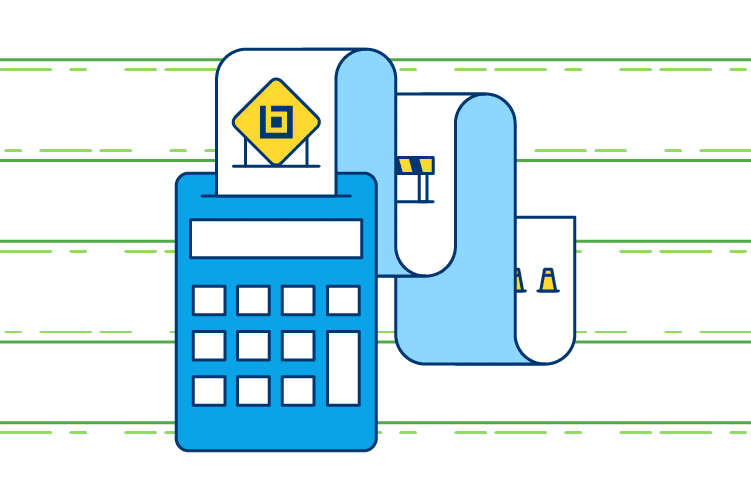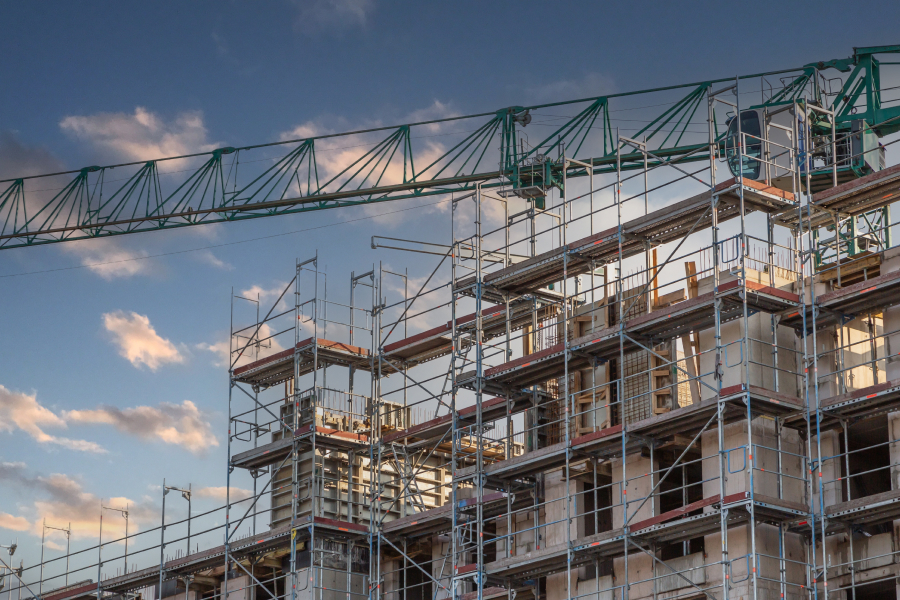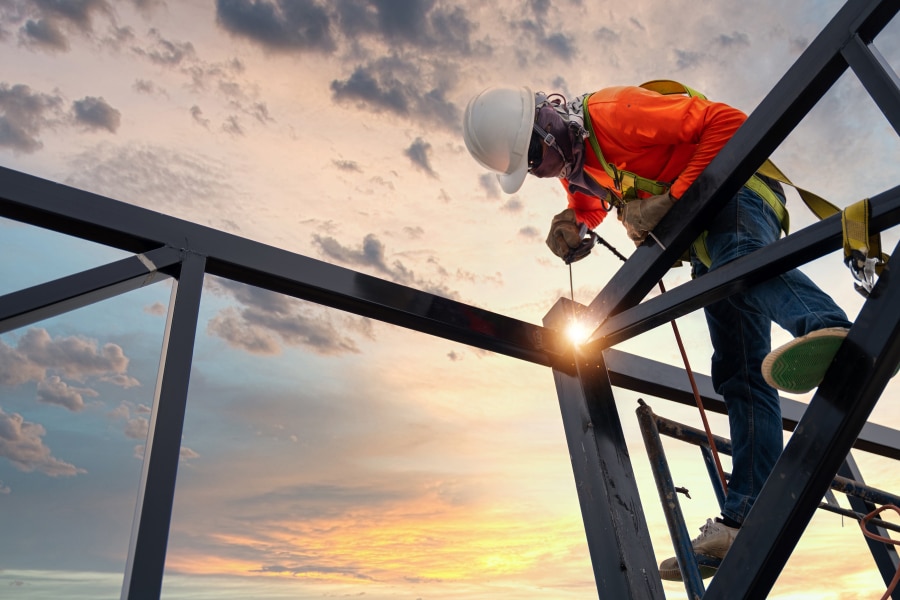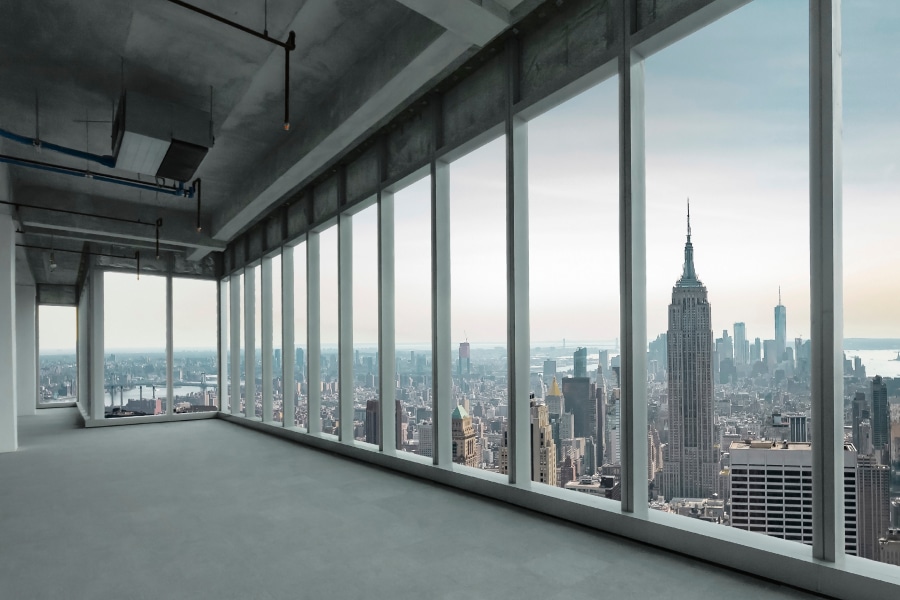Most people working in construction are aware of the basic economics of the industry.
But not every business involved in a construction project has a full understanding of how the money flows through. The same goes for professionals new to the industry, like recent graduates just starting their construction careers.
To help these groups, the Bluebeam Blog interviewed John Kennedy from the Massachusetts Institute of Technology’s Center for Real Estate, where he’s been a lecturer since 1994. Kennedy has taught entrepreneurship and strategic planning for the design, build and real estate development segments of the built environment, among other courses. Kennedy has also owned several construction and development businesses.
Using an example of a large commercial office tower, here’s how money flows through a project, as well as some of the basic nuances of how the various stakeholders are paid.
Who leads the building of a commercial office tower?
“Commercial office towers are basically built by real estate developers that have large tenants,” Kennedy said, adding that sometimes individuals or other large companies may be leading as the “owner” on a project.
How does the owner of a commercial office tower project finance the building’s construction?
“Those projects are financed with a certain amount of equity that either the real estate developer has that type of equity available or they go out to the equity or debt lenders in the industry,” Kennedy said.
These firms can either give money to the real estate developer in the form of a loan, in which the developer has to repay, with interest, over time once the building is built; or the money is given as an equity investment, in which the company will be paid distributions based on the amount of revenue the building earns. Also, in the latter case, when the building is sold, the building’s investors will be paid part of the proceeds from the sale, Kennedy said.
Who builds the building for the owner?
Once financing is secured and an architect has started to design and make plans of the building, an owner will then choose a general contractor to lead and oversee the building’s construction. Kennedy said this can either be through a competitive bidding process, where prospective general contractors submit to the owners a proposal based on what they’ve seen in the architect’s ongoing design, or through established, trustworthy relationships an owner may have with a general contractor.
“Most real estate developers on commercial projects work with one or two general contractors and negotiate a certain price based on the drawings at a certain stage,” Kennedy said, “and then they continue to work with them through the process.”
How does a general contractor get paid?
“The money just basically flows from the owner,” Kennedy said. “And on a monthly basis a general contractor puts in a requisition request to the owner, and within 30 days you’re supposed to get paid for the work completed to that point.”

Oftentimes, contractors and owners may agree to different payment structures on varying timelines, adjusting for possible risks as well as other potential obstacles that may come into play depending on how construction progresses.
When and how do subcontractors, working on behalf of the general contractor, get paid?
As general contractors work to construct the building, they will often hire other contractors to complete certain tasks. These subcontractors may be brought into a project to complete either common tasks like provide concrete for the building’s foundation or glass windows required for the building.
Kennedy said general contractors factor in the projected cost of needing to pay subcontractors when they negotiate their price with the building’s owner. “Let’s say you have a concrete supplier and they give you, the general contractor, a bill at the end of the month,” Kennedy used as an example. “You, as the general contractor, can pay that bill or you pay your subs after you receive the money from the owner.”
Do all subcontractors get paid a similar rate?
Not all construction subcontractors are paid equally, according to Kennedy. While there are many contractors that are competing for “commoditized” work needed on almost any construction project—think a concrete supplier or a carpenter—there are also “specialized” contractors who complete tasks that are more unique (e.g., installing solar panels or other alternative building materials) and, therefore, are harder to find in the market.
“In construction, you get a curve,” Kennedy said. “There are commodity builders and specialty builders. If you’re one of three people building a certain type of high-level laboratory building or production facility, the margins (or profits) are usually higher on the more sophisticated projects due to the smaller amount of qualified competition.”
If you’re a commodity builder, on the other hand, meaning there is a lot of competition for the work or service you provide, the margins (or profits) are unlikely to be as high, Kennedy said.
One of the best things a contractor or subcontractor can do to improve their business prospects, Kennedy said, is to develop a solid reputation for completing their work at a high quality and both on time and within the budget they initially presented. Coming up short in one of those respects puts the entire financial viability of the building’s investment income at risk—and it hurts the contractor’s ability to win more work by developing a positive reputation.
What are the risks of investing in a commercial office tower?
A commercial office tower’s success comes in the form of people wanting to occupy it—usually companies who need office space. Popular commercial office towers with premium amenities in a good location will be able to command higher rents of its tenants, and the earlier a building is built, the sooner it can begin functioning and collecting rent.
Therefore, most real estate developers will seek to reduce this risk from the start by securing tenant leases for the building before it’s built.
“That’s why speed is of the essence,” Kennedy said of constructing a building. “If I’m a huge company and I say, ‘I’d like to take 50 stories of that 100-story building, but you’ve got to be done in X period of time,’” that puts a lot of pressure on the developer to deliver it on a specific timeframe. This is why building “on time” is critical all the way through from owner to general contractor to all the subcontractors working on a project.
In rare instances, a real estate developer will go ahead with a project without any tenants lined up. This is a far riskier option, Kennedy said, and it’s usually done when the owner is willing to take a chance that the economy is good enough that, once the building is built, it will sufficiently attract tenants.
“There are two kinds of buildings,” Kennedy said. “Buildings that people build with tenants in place, and people that build buildings on what they call ‘speculation,’ meaning nobody is in the building, but the owner thinks the market is good and the building is good, so they take a risk on that.”
The other big risk to a commercial office tower’s success is financial. If it takes more money to build the building than initially projected, Kennedy said, the financial profitability of the investment can be thrown off.
This can happen at every level of the project. A single subcontractor going over budget, for instance, can be problematic to the building’s financial health, especially when a large project has potentially hundreds of subcontractors working on it. “Everybody needs to be in line,” Kennedy said.
Once a building is built, how do the initial investors—and creditors—get paid?
If all goes well and the building is built on time and on budget and is full of rent-paying tenants, Kennedy said equity investors in the building are paid in two ways.

One, investors receive a portion of the ongoing cashflows during the lifetime of the building. Two, once the building is sold, equity investors will earn the initial money they earned back and—assuming the building sold for a higher price than it cost to build it—equity investors will also earn a sizeable return on top of their initial investment.
On the other hand, if the building failed on any of those fronts—and if it sells at a discount to what it cost to build—investors stand to lose money on their initial investment.
Finally, if the owner took out a loan to finance part of the building’s construction cost, the owner will make ongoing payments over a pre-set term with the creditor until the amount of the loan is paid off, similar to paying a mortgage or making car payments.











